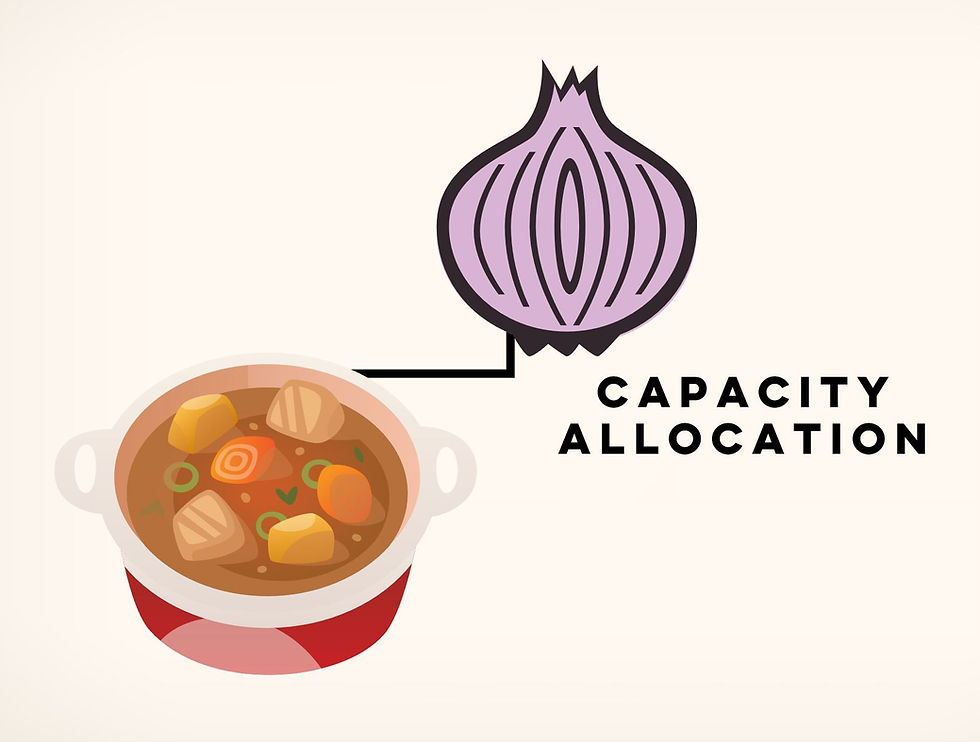Priority Lists Don't Work
- Martin Aziz
- May 20, 2021
- 3 min read
Updated: May 21, 2021

Prioritization is a blunt instrument – it doesn’t meet the needs of your complex and dynamic organization because it mixes up 4 separate problems. The good news is that Kanban offers alternative tools to directly solve each of the 4 problems.
Have you ever created a list of priorities of approved items to be worked on, only to later discover that many of the items lower on the list never seem to get started? And of those that do, when you start those items seem random? Then once you start working on them, it’s unclear how the work should be treated compared to everything else that you are also working on? And later, does the work you started get pre-empted by other work deemed even more important?
The problem is that prioritization has coupled a number of different things to be managed into a 1-dimensional thing called a priority list. It doesn’t contain the necessary information to manage work in dynamic and complex environments.
The priority list needs to be decoupled into these 4 things instead:
1. Good Options

The top part of priority lists usually contains work that has been approved and deemed necessary to do. But we haven’t necessarily started working on that work yet. These approved items could be seen as optional or options; things we could work on. Not only are they options, but they could also be seen as Good Options; i.e. we probably should work on them. This is as opposed to bad options, things that we really shouldn’t work on.
If this was a hospital emergency department, this would mean that someone with a high fever is a good option to treat, as well as someone who has a headache. But perhaps someone with a toothache is a poor option and is best advised to seek a dentist instead.
In Kanban we create an area on our board to distinguish random options from good ones.

2. Commitment to start working

Of those items on our priority list, we need to know what needs to be started now and what can wait. We have more Good Options than resources to allocate to all the options. This means we will need to look at our options and figure out which to start working on now, and which can wait.
Back at the hospital example, this may mean we need to commit to start working on the fever patient before the headache patient. Waiting on the fever patient holds more risk.
In Kanban we visualize what work remains optional and work we’ve committed to start working on – this is referred to as the Commitment Point.

3. Class of Service

Once we start working on something, some work may get access to more resources than others. Some work holds more risk, should they experience delays, so we make sure they don’t wait around too long before getting access to resources. Other things may be a bit more tolerant to delays and can find themselves competing for resources.
At the hospital, while our fever patient has begun treatment, someone suffering from a heart attack has arrived by ambulance. The fever patient, now that they are stable, will have to wait for further treatment as the hospital’s focus shifts to the heart attack patient. There is too much risk with having this new patient wait for treatment in contrast with the fever patient.
In Kanban we formalize different classes of service that are available and visualize them on our boards.

4. Capacity Allocation

Not all items on a priority list impact the organization in the same way. Some may be about developing new capabilities and others may be more about keeping existing functions working. In many cases the latter category, while important, is lower on the list and may not find itself at the top of the list to ever start working.
Back at the hospital, we realize that treating a critical patient is more urgent compared to keeping the floors clean. However, both are important in order for the hospital to meet its objectives. The hospital has carved out separate capacity allocations to meet both of those needs. It may mean that there is a certain percentage of staff that are devoted to cleaning rather than treating patients.
In Kanban we leverage Work in Process Limits, to operate and visualize our capacity allocation strategy.


Priority lists hide critical information that is needed to effectively manage work in a dynamic environment. It’s time to ditch the priority list, and decouple the list into these 4 management levers to more effectively meet your organization’s objectives. These levers need to be pulled at different times, usually by different people, as responsibilities change along with the access to information that comes with it.
If you'd like help getting these 4 levers managed, contact us at info@squirrelnorth.com

Comments